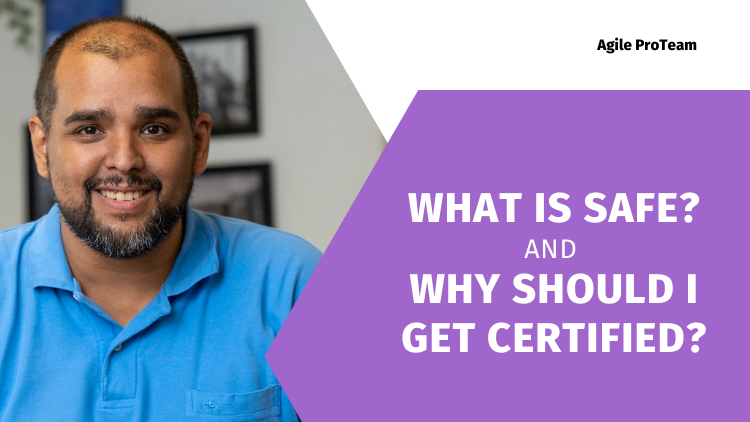When we talk about SAFe (Scaled Agile Framework), We aren’t discussing just another buzzword in the Agile world. SAFe is a comprehensive framework designed to help large organizations scale Agile practices beyond individual teams, aligning development work with broader business objectives. But let’s not jump into hype. Let’s apply some healthy skepticism and dissect why this matters using the scientific method and first principles thinking.
What is SAFe Really About?
At its core, SAFe is a set of organized, structured guidelines that help multiple Agile teams collaborate effectively in complex environments. Where traditional Agile focuses on small teams, SAFe zooms out to coordinate work across the enterprise. It emphasizes aligning teams around value creation, enabling frequent releases, and responding to customer needs swiftly.
But here’s where we should pause and ask: Why do we need it? First principles thinking tells us to break down the problem. As organizations grow, managing multiple Agile teams becomes difficult. Departments often work in silos, priorities clash, and decision-making gets muddled. SAFe provides a framework to maintain agility while scaling up, allowing for transparency, accountability, and faster delivery.
Should You Be Certified in SAFe?
Now, let’s approach the second part of the question. Why should you get certified? It’s easy to get swept away by trends, but the decision should be rooted in solid reasoning.
1. You Become a Translator Between Business and Tech
A SAFe certification equips you with the tools to bridge the gap between business and technical teams. It’s not just about Agile rituals, but about creating a unified vision. Your role becomes that of a strategic facilitator who ensures that value flows from ideas to reality.
2. It’s Practical, Not Dogmatic
One of the benefits of SAFe is its focus on pragmatic, real-world applications. It doesn’t ask for blind adherence to rules. Instead, it offers flexible patterns to tackle the complexity of large-scale projects. This mindset of adaptability is key for anyone in a leadership position in an Agile environment.
3. Informed Skepticism, Better Decision-Making
A certification doesn’t mean you stop questioning. In fact, SAFe encourages critical thinking and constant improvement. Getting certified with an instructor who promotes healthy skepticism and evidence-based decision-making will enhance your ability to not only adopt Agile at scale but also tailor it to your organization’s unique needs.
4. You Stand Out in a Crowded Job Market
SAFe is recognized globally across industries like finance, healthcare, IT, and government. Certification demonstrates that you’ve mastered an industry-standard framework, positioning you for roles like SAFe Program Consultant, Scrum Master, or Release Train Engineer.
Why SAFe with Me?

Here’s where the difference lies. My approach to SAFe training is rooted in promoting informed skepticism. I believe in adopting frameworks and practices based on evidence, not on trends. We’ll break down concepts to their core and apply the scientific method to how we approach agility. You’ll leave with more than just a certification—you’ll gain the ability to think critically and adapt this approach in a way that makes sense for your organization.
So, is a SAFe certification worth it? Absolutely—but not because it’s a shiny badge. It’s because it equips you with the ability to strategically lead in an Agile world. And if you’re ready to explore how this can work for you, my upcoming SAFe workshops are designed to take you from skepticism to mastery.
By grounding this decision in first principles and evidence, you can move forward confidently—not just with SAFe, but in your ability to drive lasting change.

